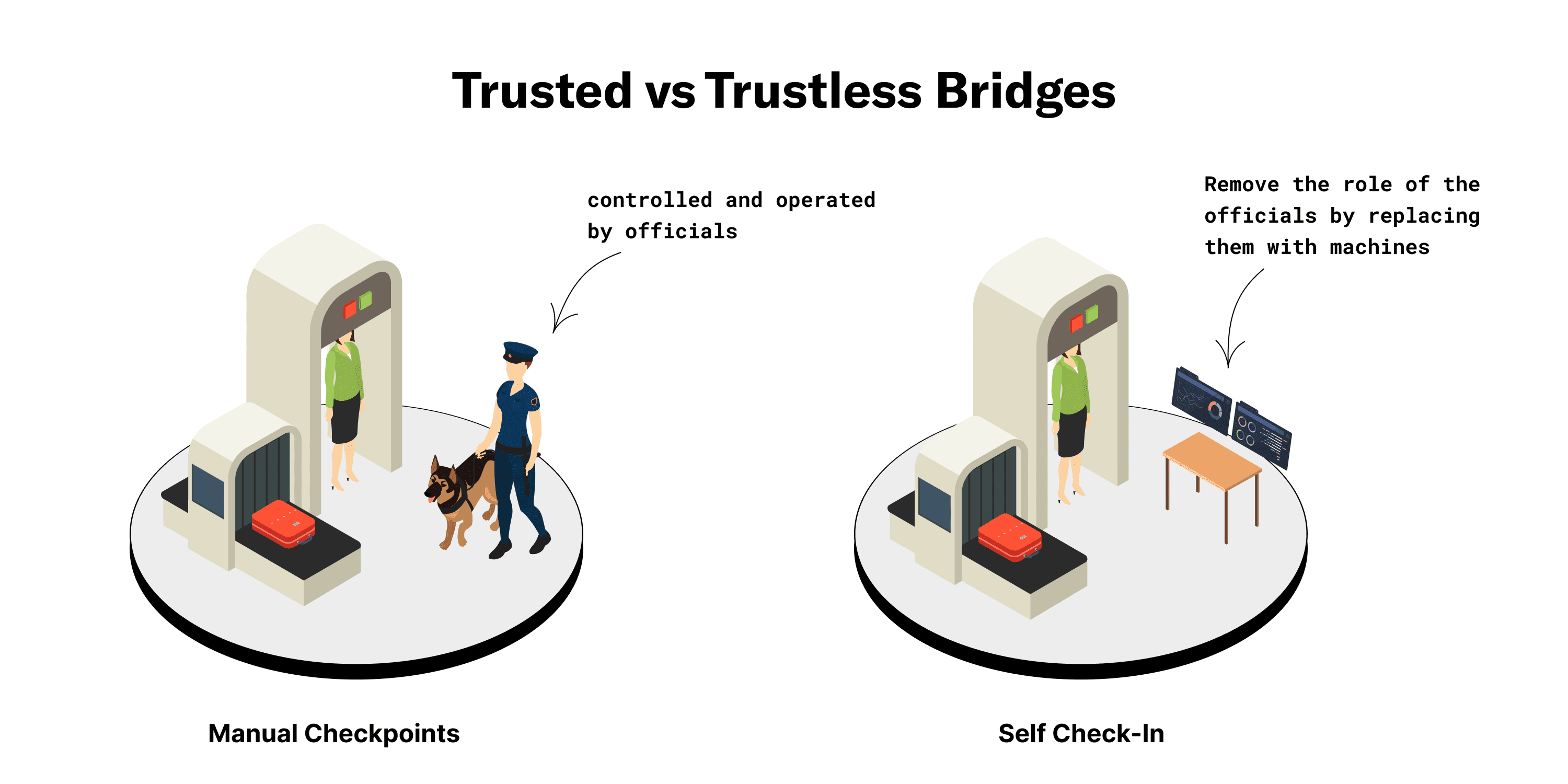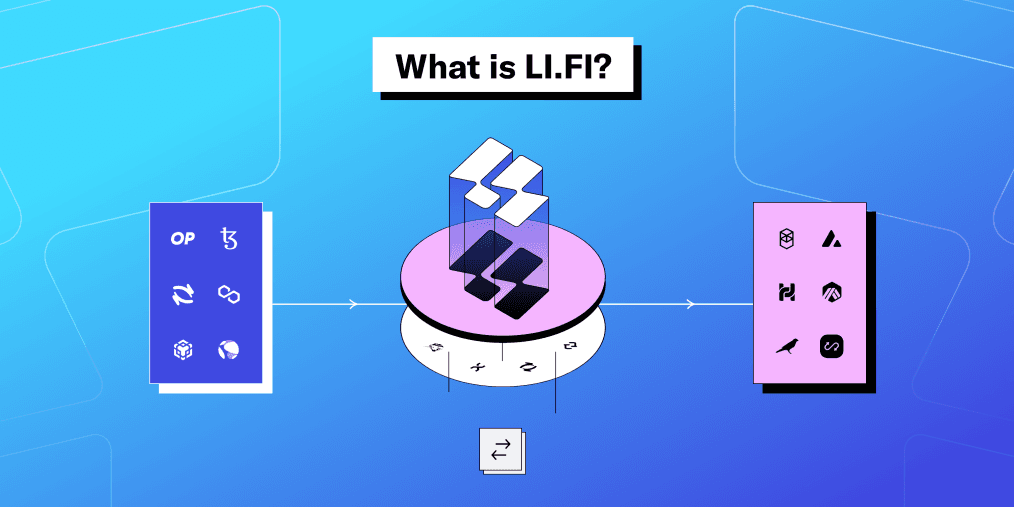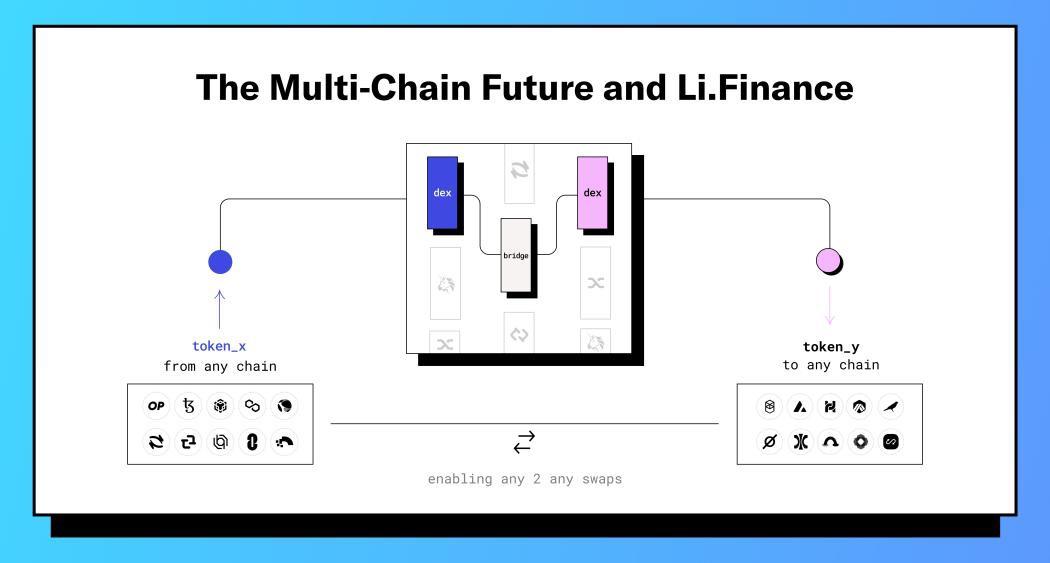LI.FI has announced a $29M Series A extension, led by Multicoin and CoinFund. Read Here.
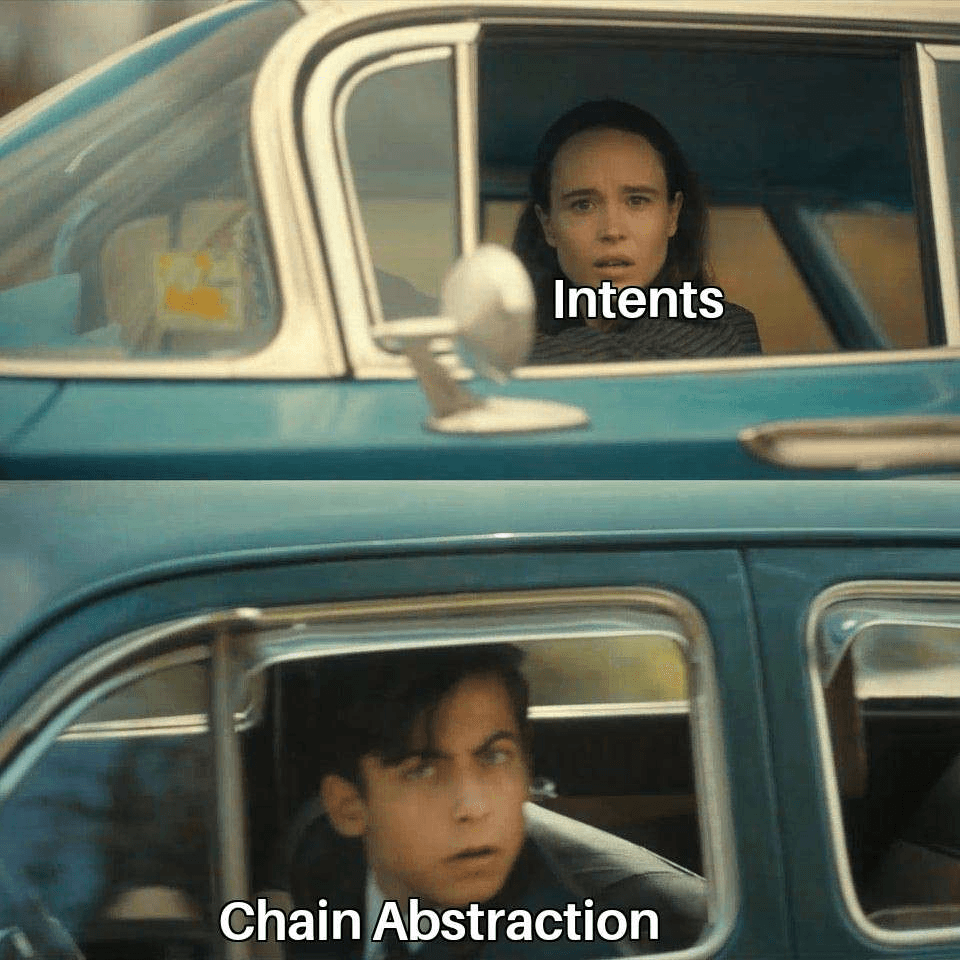
Intents and Chain Abstraction 101
Intents and chain abstraction are the latest hype; don’t get lost in translation.
In bull markets, strong narratives drive adoption. Previously, narratives around NFTs led to a massive NFT boom. This time, the spotlight is on intents and chain abstraction.

However, there's a lot of confusion and misunderstanding between these two concepts. While many people equate chain abstraction with intents, they are fundamentally different.
Intents:
Intents let users specify what they want to achieve (e.g., transfer assets) without dealing with the details. Agents (aka solvers) handle these requests, providing fast and efficient service. This makes user interactions with on-chain apps simpler and more intuitive.
Chain Abstraction:
Chain Abstraction is a vision to build an UX that hides the complexities of different chains from the user, presenting them as one unified system. Users interact with this system without worrying about managing funds across chains.
With that in mind, let’s understand what each of the above means in depth:
Understanding Intent-Based Design
The intent-based design is a conceptual approach where users specify their desired outcomes without dealing with the underlying technical complexities. It abstracts away the details, making the user experience smoother and more intuitive.
In the context of blockchain, the Intent-based design allows users to express what they want to achieve (e.g., moving funds, executing a trade, interacting with an app) and relies on a system of service providers, aka solvers/agents/relayers (and any other acronym used), to fulfill these requests efficiently.
Let’s take a look at how intents work with a simple example where a user wants to swap 1 ETH for BNB.

User Specifies Intent: The user states their goal, such as transferring tokens from one chain to another.
Service Providers (Solvers): Specialized entities, known as solvers, take on the responsibility of fulfilling these intents. They handle the necessary transactions and operations behind the scenes.
Optimization and Execution: Solvers optimize the process, selecting the best routes and methods to achieve the desired outcome. They use various tools and resources, such as liquidity pools and bridges, to complete the transactions efficiently.
Settlement and Rebalancing: After executing the user's intent, solvers get repaid on the source chain. This, in turn requires solvers to rebalance often in order to ensure that there is enough liquidity where needed for future transactions.
Fundamentals of Chain Abstraction
Chain abstraction aims to create a seamless and unified experience for users by simplifying interactions across multiple blockchain networks. It hides the underlying complexities, allowing users to use onchain apps without needing to understand or manage the details of different chains.
Chain abstraction is not a product or feature but a movement toward improving the overall UX of interacting with crypto. The goal is to integrate various chains into a cohesive system that prioritizes interoperability, ease of use, security, and efficiency.
While achieving a fully unified UX in a decentralized landscape is very hard, the aim is to abstract away as many complex interactions as possible to enhance the user experience.
An interesting initiative in Chain Abstraction is the CAKE framework i.e. Chain Abstraction Key Elements, kickstarted by Frontier Research.
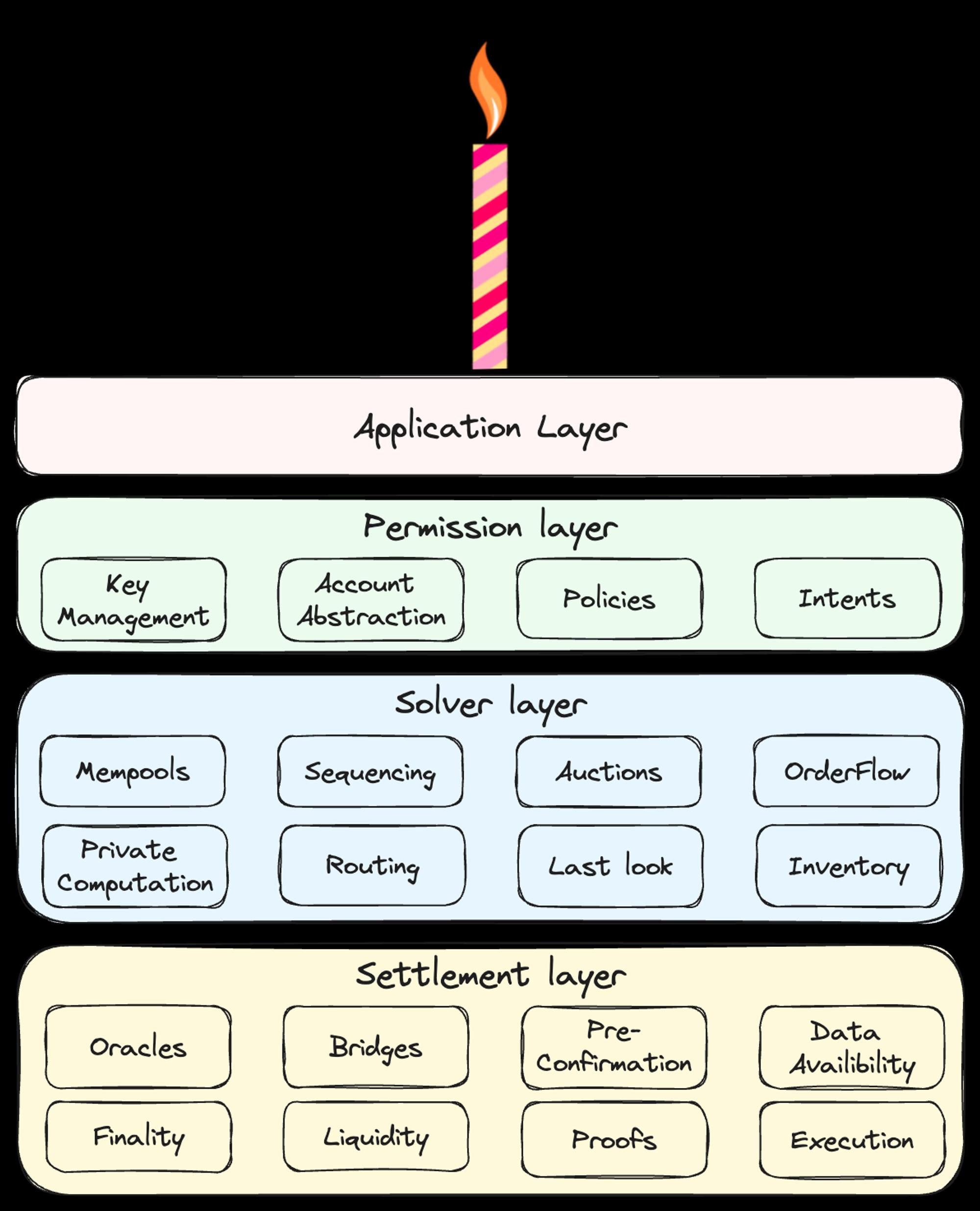
Chain abstraction is a piece of CAKE. Source: Introducing the CAKE framework.
Here’s a high-level overview of how the framework is structured and functions:
Application Layer: Acts as the gateway through which users interact with the blockchain ecosystem, handling user inputs and displaying outputs.
Permission Layer: Abstracts the details of account management and transaction authorization.
Solver Layer: Manages the order and routing of transactions, ensuring they are completed efficiently and securely.
Settlement Layer: Guarantees that transactions are executed correctly and that the blockchain’s state is accurately updated.
How the layers work together:

Integration and Coordination: The application layer interfaces with users and sends their intents to the permission layer. These intents are then passed to the solver layer, which determines the best way to execute them. Finally, the settlement layer ensures that the transactions are securely recorded on-chain.
Simplifying User Experience: Users can perform actions such as asset transfers, swaps, and staking without needing to manually manage the funds across different chains.
Efficiency and Security: By organizing the framework into distinct layers, each responsible for specific tasks, CAKE ensures that the system is both efficient and secure. Each layer can be optimized independently, leading to better overall performance and enhanced security.
To summarize, Chain Abstraction represents an end goal vision aimed at improving and simplifying UX in the crypto space.
At LI.FI, we have been dedicated to abstracting away the complexities involved in transactions, swaps, and the movement of liquidity across various chains over the past few years. This ensures that users can access the best rates and sufficient liquidity without having to deal with the intricacies of each chain.
We believe in the vision of chain abstraction for enhancing crypto UX and are excited to collaborate with all the players involved in the different layers of the modular chain abstraction stack. We’re seeing several chain abstraction infrastructure players, like Aarc, Klaster.io, and OneBalance, working with LI.FI for handling swaps and bridging, thereby enabling application developers to build chain-abstracted experiences for their users.
Role of Intents in Chain Abstraction
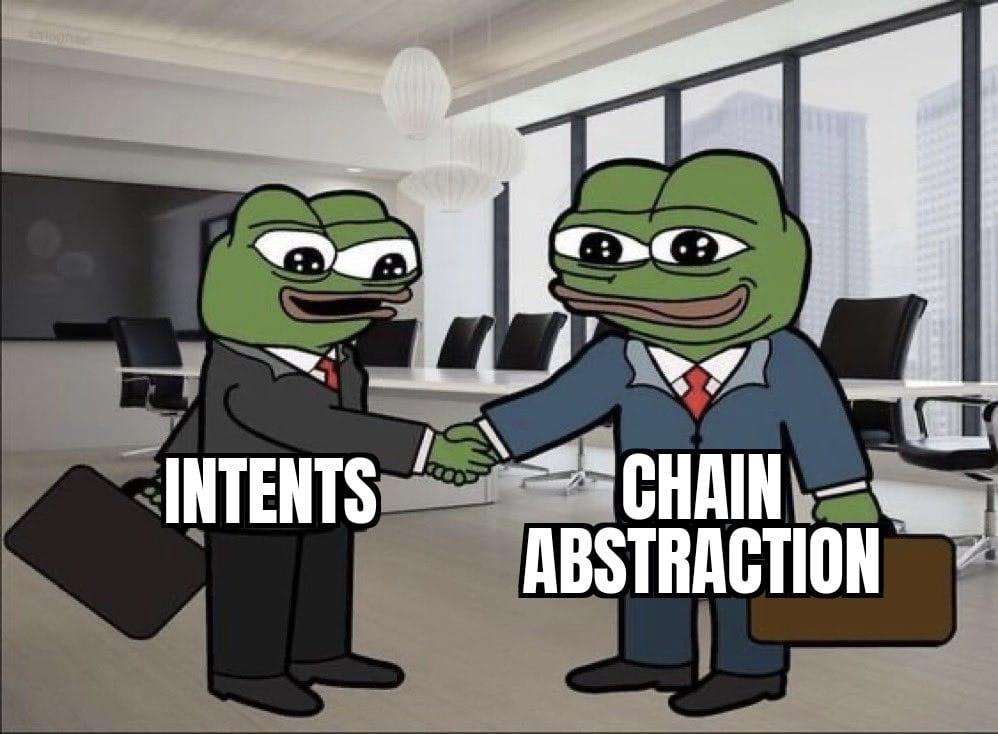
While intents and chain abstraction are distinct concepts, they complement each other to create chain abstracted user experiences.
By integrating Intents-based design with chain abstraction, we can create a flow where users only need to specify intent for any onchain action. This combined approach allows users to focus on their goals rather than the technical details and figuring out how to deal with multiple chains, making the entire process smoother and more user-friendly.
For example, if a user wants to transfer tokens from Ethereum to Binance Smart Chain at the best rate, they only need to express this intent. The system’s solvers will automatically handle the bridging, transaction fees, and the best execution strategy. This abstracts the complexity for the users, ensuring their desired outcome is achieved without them having to manage each step manually.
In this way, the synergy between Intents and chain abstraction addresses the complexity of cross-chain transactions, gas fees, and bridge waiting times, among other technical details of the multi-chain crypto ecosystem.
Intents vs. Chain Abstraction: Understanding the Difference
Now, we want to also say that Intents ≠ CA. While chain abstraction is the end goal, the point to note is that Intents are one of the multiple ways of reaching it.
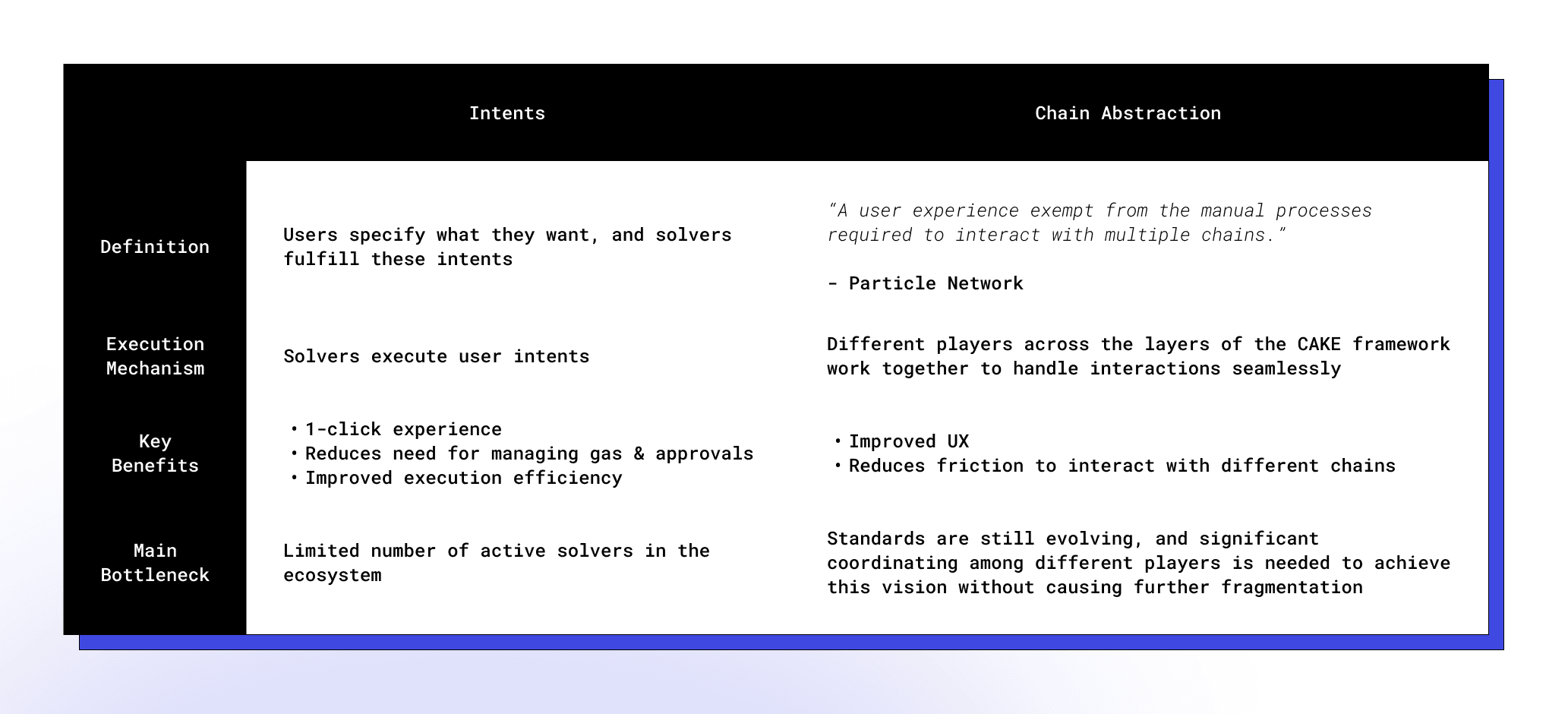
Closing Thoughts
The narrative battle in crypto will continue, bringing new ideas and solutions each cycle. While it's beneficial to see multiple concepts take center stage, it's crucial to understand the underlying technology and its impact on end users.
Chain abstraction is a vision worth pursuing to improve user experience for everyone, whether they are newcomers or veterans. However, achieving true chain abstraction will be very hard as it suggests to have a unified standard in a decentralized world.
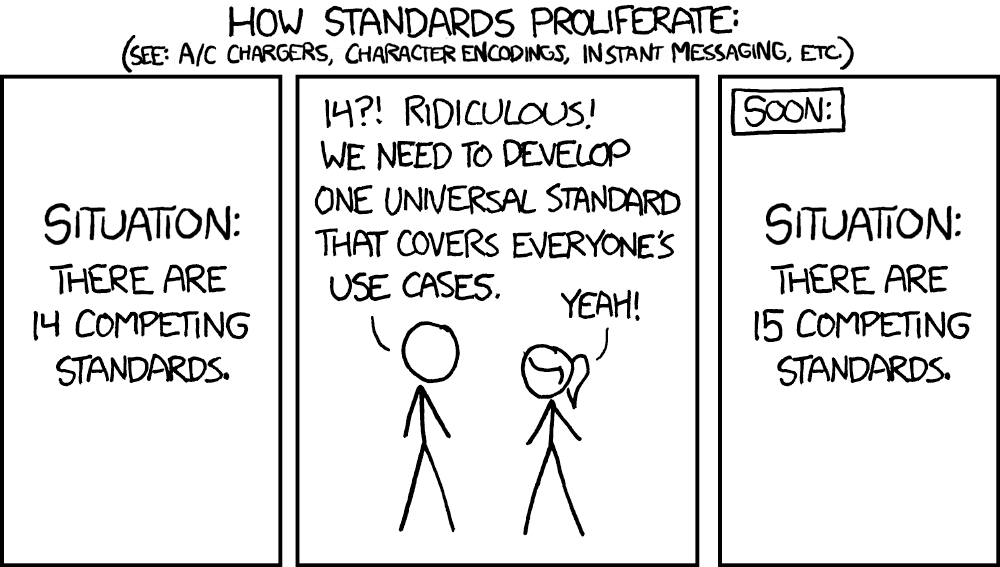
The problem with standards.
On the other hand, Intents-based design offers a promising approach to simplifying interactions and is one of the ways to achieve chain abstraction. However, it's important to note that only few apps in crypto have adopted this design. Also, Intents-based designs have their own set of drawbacks and implementation challenges. We’ve discussed some of them while exploring the drawbacks of Intent-based bridges. Only time will tell if the benefits outweigh the drawbacks.
FAQ: Intents and Chain Abstraction 101
Get Started With LI.FI Today
Enjoyed reading our research? To learn more about us:
- Head to our link portal at link3.to
- Read our SDK ‘quick start’ at docs.li.fi
- Subscribe to our newsletter on Substack
- Follow our Telegram Newsletter
- Follow us on X & LinkedIn
Disclaimer: This article is only meant for informational purposes. The projects mentioned in the article are our partners, but we encourage you to do your due diligence before using or buying tokens of any protocol mentioned. This is not financial advice.
